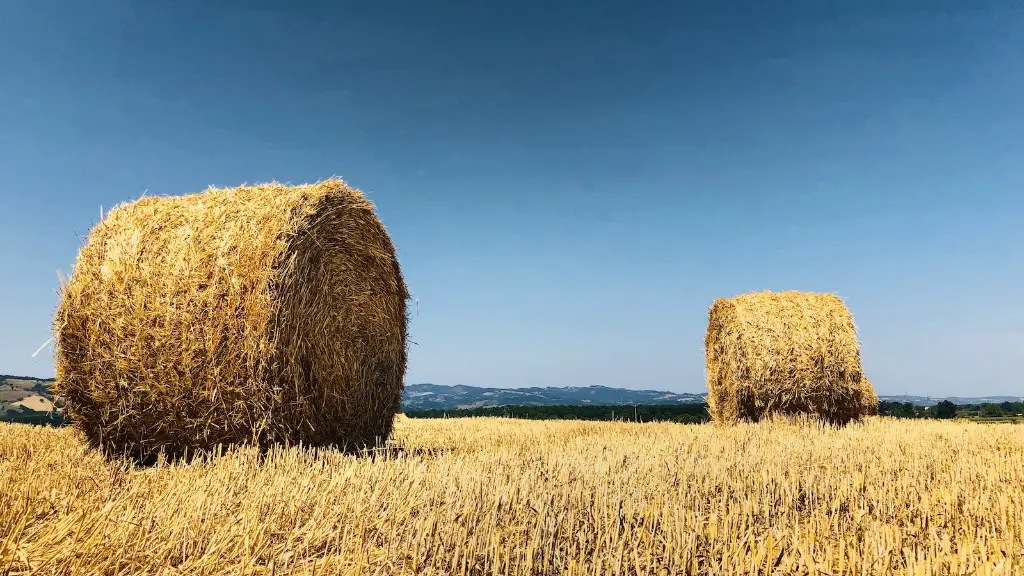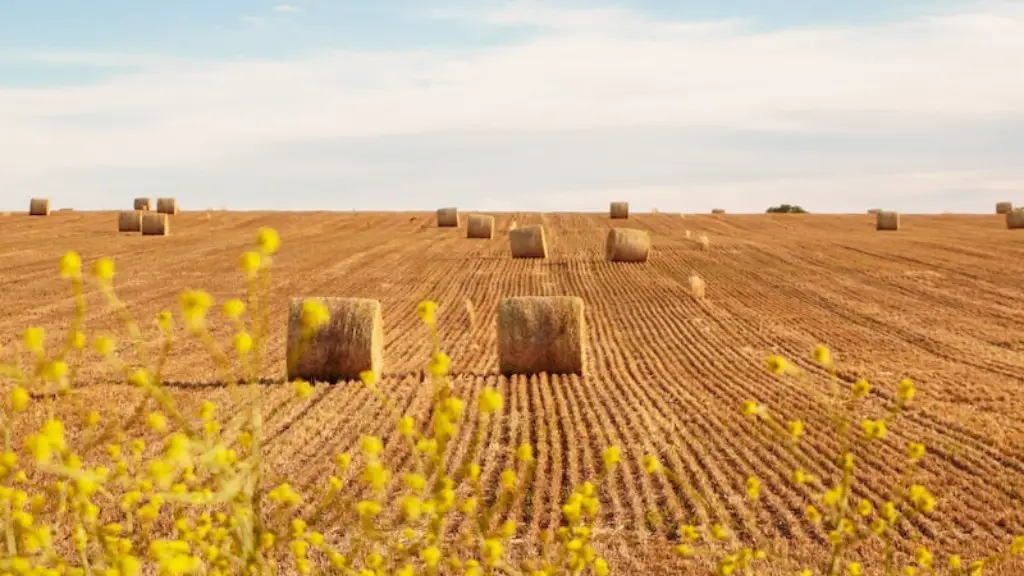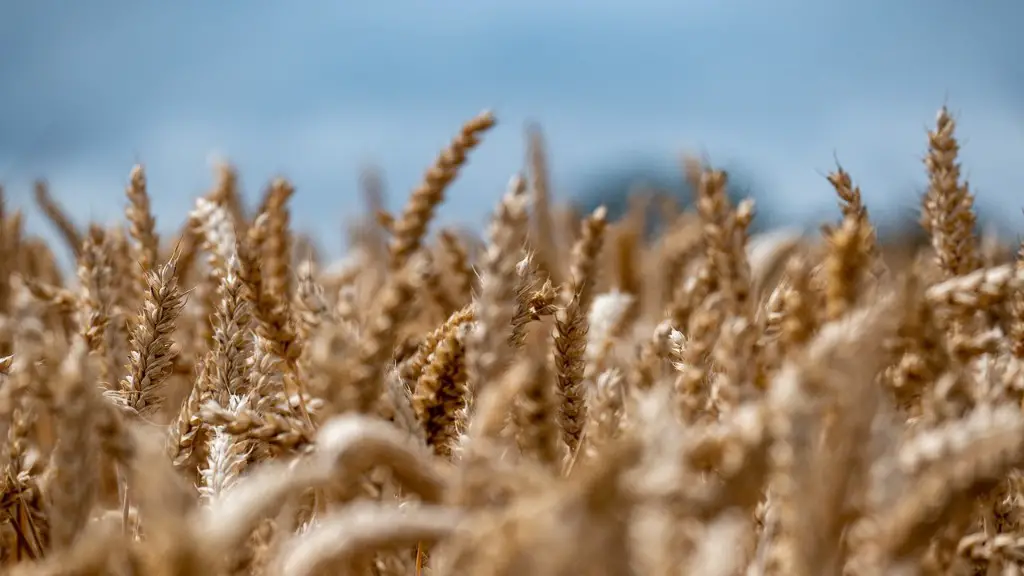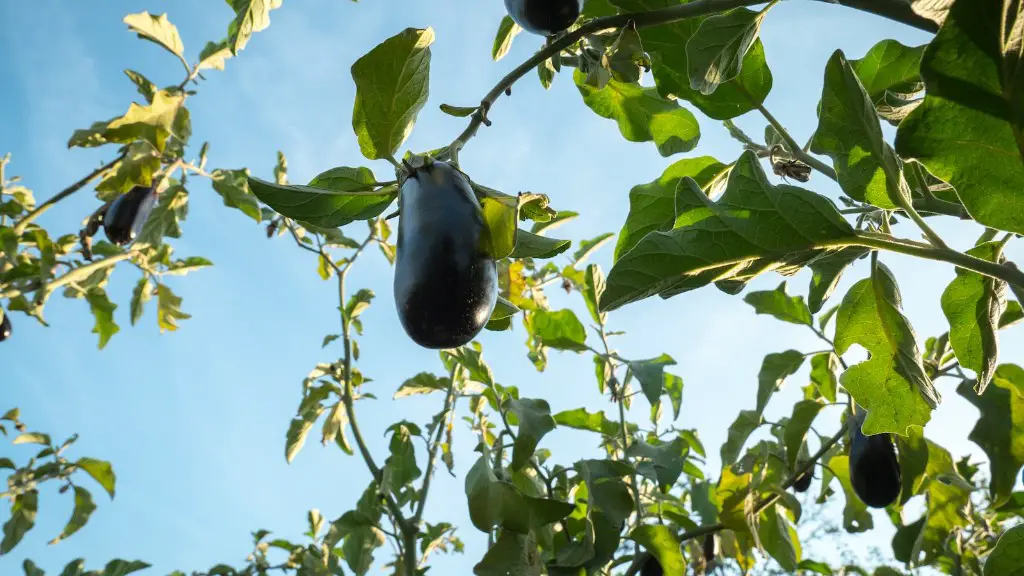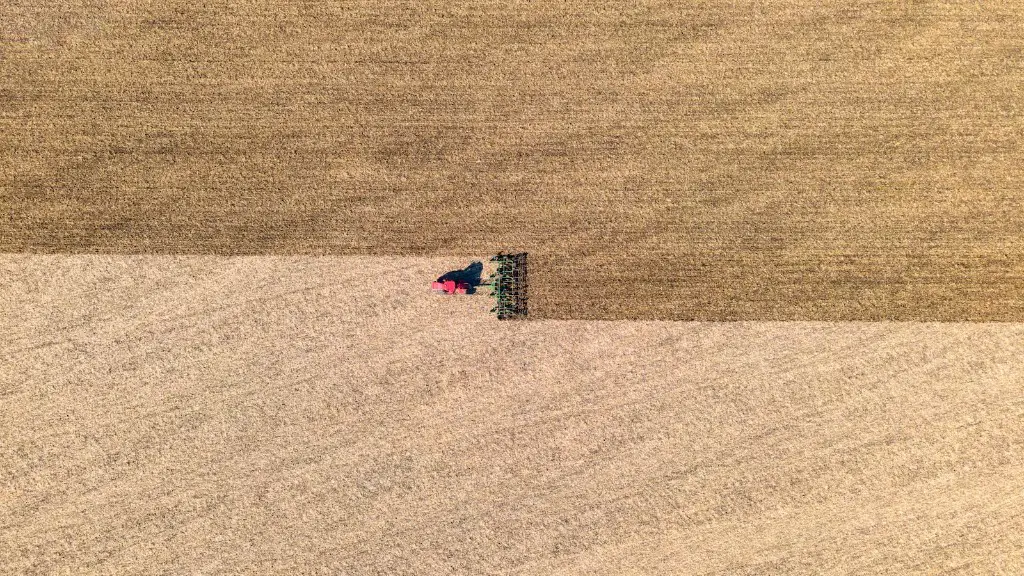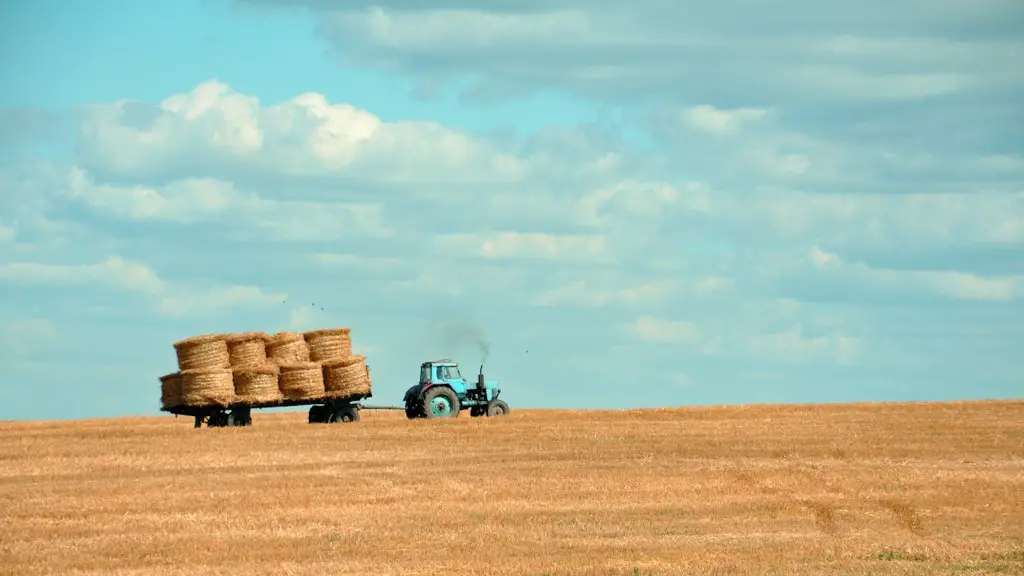Animal agriculture is one of the leading causes of pollution in the ocean. Animal waste, including manure, contains nutrients that can encourage the growth of algae blooms. These blooms can deplete the oxygen in the water, causing harm to marine life. In addition, animal agriculture contributes to climate change, which is causing ocean temperatures to rise and the ocean to acidify. These changes are making it harder for marine life to survive.
The ocean is a fundamental part of the global climate and ecosystem, and provides many benefits to humans, including food, recreation, and trade routes. Animal agriculture is one of the biggest contributors to pollution in the ocean. runoff from factory farms and feedlots can contain high levels of nitrogen, phosphorus, and sediments that can degrade water quality and promote the growth of harmful algae blooms. These blooms can often lead to dead zones, areas of ocean where very little oxygen is present and marine life cannot survive. Additionally, the overfishing of certain species can disrupt the delicate balance of the ocean ecosystem.
How does animal agriculture contribute to ocean dead zones?
The overgrowth of algae in waterways due to the release of excess nutrients from factory farms is a major problem that is expected to get worse as climate change intensifies. These algal blooms can contain dangerous levels of toxins and cause ocean dead zones to form. This is a serious environmental issue that needs to be addressed.
Livestock farming is one of the biggest contributors to greenhouse gas emissions, accounting for nearly 15% of the total. It also uses up nearly 70% of agricultural land, which leads to deforestation, biodiversity loss, and water pollution.
Is animal agriculture the leading cause of water pollution
The factory farming industry is one of the leading causes of water pollution in the US due to agricultural runoff from barnyards, feedlots, and cropland. This runoff carries pollutants like manure, fertilizers, ammonia, pesticides, livestock waste, toxins from farm equipment, soil, and sediment to local water sources, making the water unsafe to drink.
The improper disposal of livestock waste can threaten human health by contaminating surface water with harmful bacteria and nutrients. Excess nutrients in surface water can lead to algal blooms, which can deplete oxygen levels and harm aquatic life. Improperly managed livestock operations can also contribute to soil and water erosion, which can further degrade water quality.
What are 2 negative effects of ocean farming?
Aquaculture has many positive aspects, but there are some negative ones as well. Fish farms can impact wild fish populations by transferring disease and parasites to migrating fish. Aquaculture can also pollute water systems with excess nutrients and fecal matter due to the large numbers and concentrations of farmed fish.
Large-scale aquaculture can have significant environmental consequences. It can take a lot of wild fish to feed certain farmed fish. And when tons of fish are crowded together, they create a lot of waste, which can pollute the ocean. Fish farms can also be breeding grounds for disease.
What are the negatives of animal agriculture?
Animal agriculture is a major driver of climate change and biodiversity loss. The industry destroys ecosystems, releases huge quantities of greenhouse gases, wastes vast quantities of water, and is a major source of pollutants.
Livestock production is a major contributor to water pollution and ammonia emissions, which can have a drastic impact on biodiversity. Aquatic ecosystems are particularly vulnerable to the effects of pollution and overfishing, which can reduce biodiversity significantly.
How much water does animal agriculture use
Animal agriculture is a huge water waster. It is responsible for 56 percent of water consumption in the US, and 20 to 33 percent of all fresh water consumption in the world. Growing crops to feed animals killed for food is an extremely inefficient use of water resources. A more sustainable approach would be to focus on plant-based foods.
Grazing animals and pasture production can negatively affect water quality in a number of ways. First, erosion and sediment transport from grazing areas can pollute surface waters. Second, nutrients from animal urine and feces can contaminate water supplies. Finally, pathogens from animal waste can contaminate water supplies and cause human and animal illness.
How does agriculture cause water problems?
Water is an essential component in the food production process. It is used to irrigate crops, and is also a key ingredient in many processed food products. Therefore, poor water quality can have a significant impact on the quality of food crops and the safety of the food supply.
Water quality can be affected by a variety of pollutants, including bacteria, viruses, and chemicals. When water quality is poor, these pollutants can contaminate food crops, and lead to illness in those who consume them. For example, contaminated water may contain germs that cause human disease, which can then be passed on to people who eat the contaminated food.
There are a number of ways to improve water quality, including treatment of water sources, and careful handling and storage of water. These measures can help to ensure that the water used for food production is safe, and that food crops are not contaminated.
Pesticides, fertilizers and manure can runoff into surface water bodies and leach nitrogen into groundwater. This can contaminate and pollute these water sources. It is important to be mindful of these potential hazards and take steps to prevent them.
How does livestock affect water quality
Livestock trampling along streambanks can cause an increase in suspended and dissolved solids in streams. This can have a negative impact on water quality, which can affect human health downstream.
Major agricultural contributors to water pollution are nutrients, pesticides, salts, sediments, organic carbon, pathogens, metals and drug residues. These contaminants can come from a variety of sources, including animal manure, crop residues, irrigation water, and atmospheric deposition. While many of these contaminants are naturally occurring, agricultural activities can increase their concentrations in the environment, leading to water pollution.
There are a number of ways to control water pollution from agriculture. Nutrients and pesticides can be managed through best management practices, such as crop rotation and reduced tillage, which can reduce the amount of these contaminants that are released into the environment. Pathogens can be controlled through the use of proper manure management and irrigation practices. Metals and drug residues can be controlled through the use of proper storage and disposal practices.
Does agriculture cause ocean acidification?
The agriculture sector is a major contributor to ocean acidification, both through direct emissions of CO2 and indirect effects such as acidification of water catchments on arable land. Nutrient input from fertilizers can also contribute to ocean acidification, as well as other environmental impacts such as eutrophication and algal blooms. Agricultural land use and management practices can help to mitigate these impacts, for example by reducing nutrient runoff and promoting carbon sequestration.
The ocean is a vital part of Earth’s ecosystem and is essential to the survival of many species of plants and animals. However, human activities are damaging the ocean and putting the future of marine life at risk.
Oil and gas drilling, pollution, and industrial impacts are all taking a toll on the ocean. These activities are changing the ocean’s chemistry, destroying habitats, and killing marine life. If we want to protect the ocean and the life that it supports, we need to take action to reduce our impact on the environment.
How does farm waste affect the ocean
Fertilizers are important for plant growth, but when they end up in the ocean, they can cause harm to marine life. Fertilizers contain nutrients such as nitrogen and phosphorus, which can lead to environmental damage on land and at sea when they become concentrated. To prevent this, it is important to properly manage fertilizer use and disposal.
Water pollution from fish farms takes a variety of forms, from feed-derived wastes to therapeutics, pesticides and other chemicals to pathogens/parasites and escaped fish. Fish farms pollute water through the discharge of uneaten food, feces and wastewater. These discharges can foul the water, deplete oxygen levels and spread disease. Feed-derived waste, such as uneaten pellets, can pollute the water and degrade the quality of the sediments. High concentrations of fish waste can lead to eutrophication, which can suffocate fish and other aquatic species. Therapeutics, such as antibiotics, used to treat fish can pollute the water and select for antibiotic-resistant bacteria. Pesticides used to control parasites can also pollute the water and harm non-target aquatic species. Pathogens and parasites can escape from fish farms and infect wild fish populations. Escaped fish can compete with native fish for food and habitat.
Final Words
Animal agriculture is one of the leading causes of pollution in the ocean. The waste produced by animals, including feces, urine, and chemicals from factory farms, can pollute waterways and contaminate marine life. Animal agriculture is also a major contributor to climate change, as the greenhouse gases emitted by livestock contribute to global warming. As the climate changes, it threatens the health of the ocean and the creatures that live in it. The ocean is essential to life on Earth, and we must do our part to protect it.
Animal agriculture is a leading cause of ocean pollution and degradation. Factory farming operations produce large amounts of manure and wastewater that contain toxic chemicals, antibiotics, and heavy metals. These pollutants often end up in the ocean, where they can damage delicate marine ecosystems, contaminate seafood, and harm marine wildlife. Animal agriculture is also a major source of greenhouse gas emissions, which are a major driver of climate change. As our planet continues to warm, the ocean is absorbing more heat and becoming more acidic, putting marine life at risk. To protect the ocean and the creatures that call it home, we must urgently reduce our reliance on animal agriculture.
